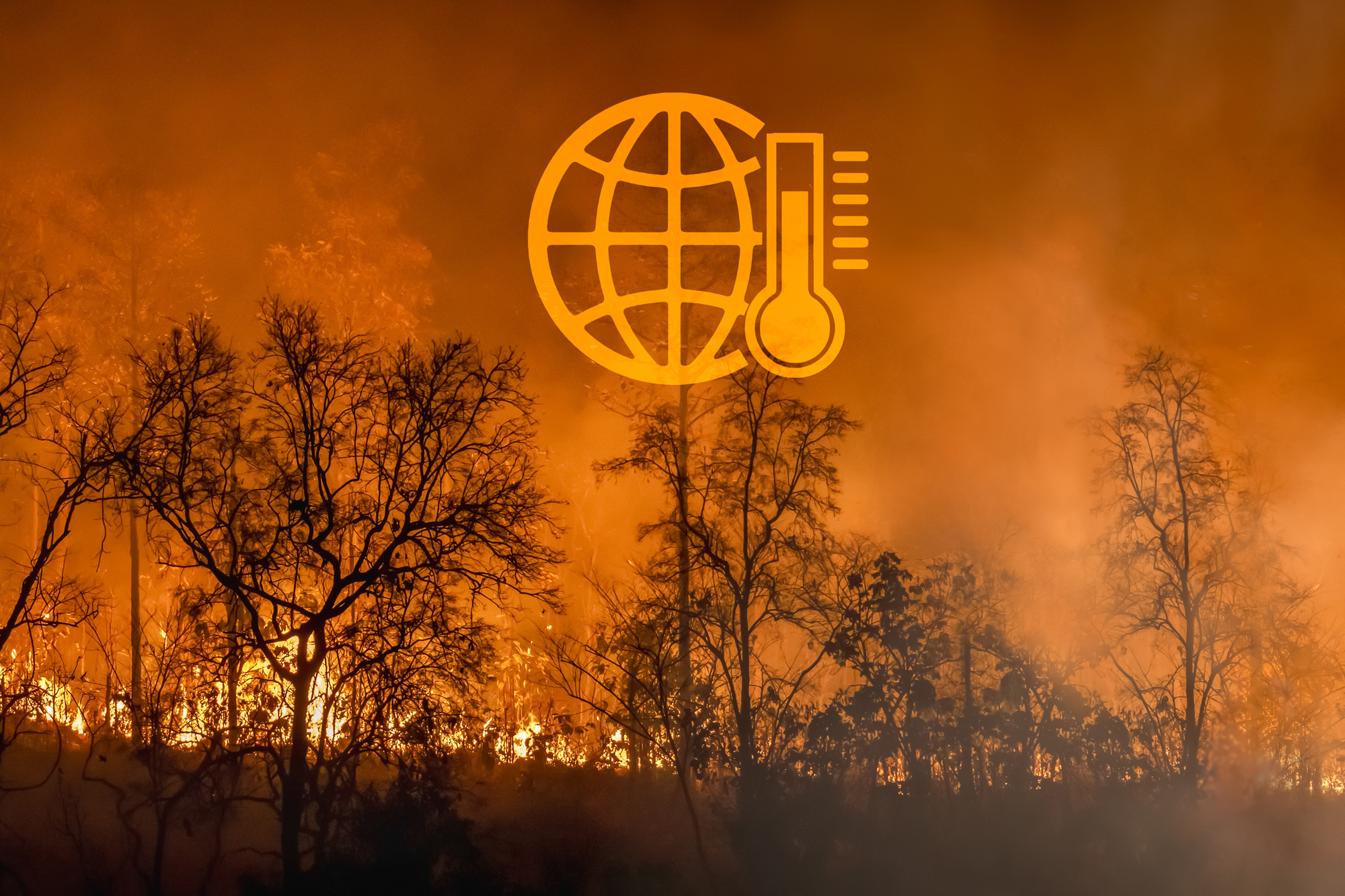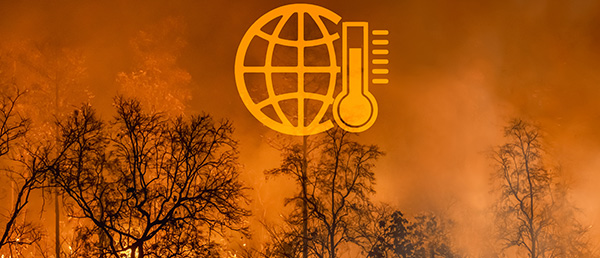El Niño, a climatic phenomenon characterised by the warming of the central and eastern tropical Pacific Ocean, has far-reaching effects on weather patterns across the globe. Western Australia, known for its diverse landscapes and unique flora and fauna, is particularly susceptible to the adverse impacts of El Niño. One such consequence is the increased likelihood of bushfires, which can pose a significant threat to both human life and the environment. This article aims to explore the correlation between El Niño and bushfire risk in Western Australia and outline the best ways to prepare for such events, emphasising the importance of early evacuation to ensure safety.
El Niño and Bushfire Risk
During an El Niño event, Western Australia often experiences hotter and drier conditions than usual. The weakening or absence of trade winds reduces the upwelling of cold water in the eastern Pacific, leading to warmer sea surface temperatures. This, in turn, affects atmospheric circulation patterns and alters rainfall distribution across the region. The decreased rainfall and increased temperatures contribute to a drying of vegetation, creating ideal conditions for the ignition and rapid spread of bushfires.
The Best Way to Prepare for a Bushfire
1. Develop an Emergency Plan:
Creating a comprehensive emergency plan is crucial to effectively respond to bushfire threats. This plan should include a step-by-step guide on what to do in case of a bushfire, taking into account the specific needs of family members, pets, and livestock if applicable. Key aspects to consider include evacuation routes, communication strategies, and designated meeting points.
2. Stay Informed:
Remaining up-to-date with accurate and timely information about bushfire conditions is vital. Keep a close eye on weather forecasts, warnings, and updates issued by local authorities, emergency services, and the Bureau of Meteorology. Local radio stations and official social media accounts are also valuable sources of information during bushfire events.
3. Prepare Your Property:
Preparing your property ahead of time can significantly reduce the risk of damage from a bushfire. Clear flammable materials such as dry leaves, debris, and long grass from your surroundings. Regularly maintain gutters, ensuring they are free of leaves and other combustible materials. Consider installing metal screens on windows and vents to minimise ember entry, and create a designated safe zone with non-flammable materials.
4. Assemble an Emergency Kit:
Prepare an emergency kit containing essential items such as a battery-powered radio, torches, spare batteries, first aid supplies, non-perishable food, and ample drinking water. It is also advisable to keep important documents, medications, and sentimental items in a waterproof and easily accessible container.
5. Practice Early Evacuation:
When a bushfire threatens, early evacuation is often the safest option. Monitor fire danger ratings and be prepared to leave well in advance if the risk escalates. Follow evacuation orders issued by authorities without hesitation and proceed to the designated evacuation center or a safe location outside the affected area. It is essential to evacuate early to avoid getting caught in dangerous situations where evacuation routes may become blocked or compromised.
Conclusion: Prioritise Personal Safety
The occurrence of El Niño amplifies the risk of bushfires in Western Australia, making it crucial for residents to understand and prepare for this increased hazard. By developing a well-thought-out emergency plan, staying informed, preparing properties, assembling emergency kits, and practicing early evacuation, individuals can significantly enhance their safety and minimize the potential damage caused by bushfires. Remember, it is always better to prioritise personal safety and evacuate early rather than risk being caught in the path of a dangerous and unpredictable fire.


